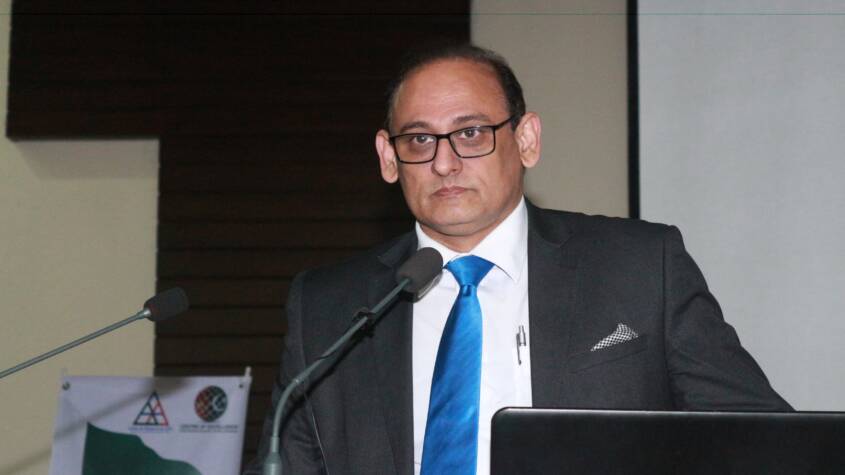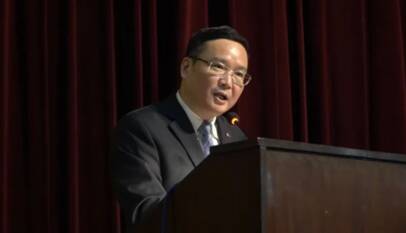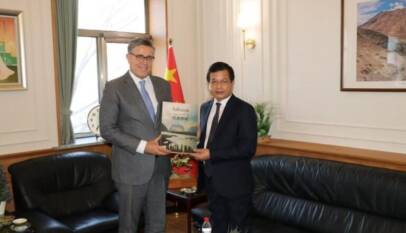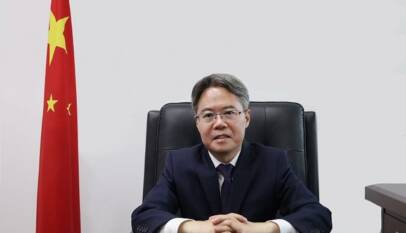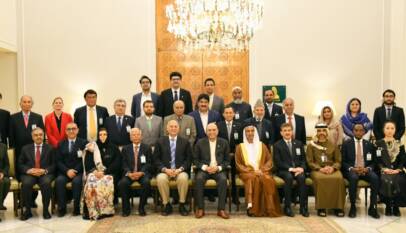CPEC marks 10 years of success, driving regional connectivity and economic growth
Dr. Hassan Daud Butt, a Projects Management specialist and Associate Professor at Bahria University, highlights the significance of the Belt and Road Initiative and the China-Pak Economic Corridor (CPEC) as they reach their 10th anniversary in 2023. Despite global challenges such as the COVID-19 pandemic, conflicts, climate change, unemployment, and depleting resources, trade between China and Pakistan has thrived. Pakistan’s exports to China have increased by over 35% from 2013 to 2022, with notable growth in agri-based products like sesame seeds and seafood. In his article, Mr Butt said that under the Belt and Road Initiative, over 147 countries have participated, and China’s investments have exceeded $50 billion, generating tax revenue and jobs. The CPEC has created employment opportunities, developed infrastructure, and enhanced regional connectivity, particularly through the Gwadar port and upcoming airport. To sustain this progress, Pakistan must focus on technological advancements, accelerate SEZs development, attract investments in key sectors like agriculture and technology, address regulatory issues, improve the business climate, and invest in vocational training and skilled manpower. He concludes that the role of CPEC is crucial in transforming Pakistan into a regional industrial and trans-shipment hub.
2023 marks the 10th year of the Belt and Road initiative and its flagship project China-Pak Economic Corridor(CPEC). This landmark has been achieved at a time when countries across the world are facing difficulties to recover from the vulnerabilities of the COVID-19 pandemic, conflicts, climate change, unemployment, and depleting resources. However, despite these challenges and headwinds, trade between China and Pakistan has witnessed an increase with the new areas being explored especially in Agri-based products where sesame seed export surged by 50% on a year-on-year basis in 2022, seafood export grew by 40% in 2022 and Pakistan’s rice exports to China crossed the historical figure of one million tons. Overall, Pakistan’s export to China rose by over 35% from 2013 to 2022.
Under the Belt and Road Initiative in the past 10 years, 147 countries, accounting for two-thirds of the world’s population and 40 percent of global GDP have signed on to projects or indicated an interest in doing so and China’s investment in these countries has surpassed US$ 50 billion and Chinese Companies have set up 56 economic cooperation zones in over 20 countries, generating billions of US dollar of tax revenue and over 400,000 jobs.Similarly,Under China Pakistan Economic Corridor numerous road networks have been established creating rural-urban synergy and the SEZs on these road links are finding new means to attract investments, especially in the post-COVID-19 scenario. In Pakistan, the CPEC initiative has created over 100,000 opportunities for employment, 6000 MW of electricity with over 800 Kms of transmission lines, and over 510 KMs roads creating rural-urban synergy and regional connectivity. It has helped Pakistan develop its Blue economy through Gwadar port and its connectivity with the hinterland through the western route and the rest of the world through the upcoming Gwadar airport which is being constructed with a Chinese grant of $230 million and will be completed this year. The connectivity through optical fiber and through transmission lines is also helping Pakistan achieve the development targets for having an endogenous mechanism for sustainable economic growth. The CPEC projects are helping create favorable conditions for development, and broadening extensive consultation for the harmonizing policy with the view of “seeking a common ground”.
To benefit from all this, and moving forward in CPEC 2.0, Pakistan needs to prepare well as conventional wisdom may not come into play and novel ideas led by technology may help address these challenges to attract investment flow. Importantly, Pakistan also has to accelerate SEZs development and attract investments in agriculture, Blue economy,and technology includingcarrying out targeted reforms designed on economic rationale rather than political agendas to improve the business climate through the ongoing regulatory reform and to raise awareness of existing investment opportunities, remove bottlenecks, overcome negative perceptions and reduce information gaps while also focusing on existing investors and their concerns, especially in the energy sector. We also need to explore the opportunities in the CPEC long-term plan for supporting Pakistan’s economic stability for which understanding the preconditions for investment is imperative including a strong rule of law to address major systemic disparities more effectively, as the absence of any of these critical aspects can hinder investment and enhancing the capacity of all stakeholders to provide Ease of doing business based on principles of good governance and absolute harmony are critical. A strong government role will also be required to closely monitor risks and initiate stimulus packages and improve productivity across connectivity and trade-related sectors. It is imperative that our vocational training centers and academic institutions are able to provide efficient and skilled manpower required to shoulder the task of transforming Pakistan into the future industrial and trans-shipment hub of the region for which the role of CPEC is becoming vital.
Chinese Ambassador highlights significance of Third Plenary Session for China-Pakistan cooperation
The Third Plenary Session of the 20th Central Committee of the Communist Party of China ha…



